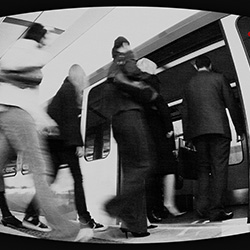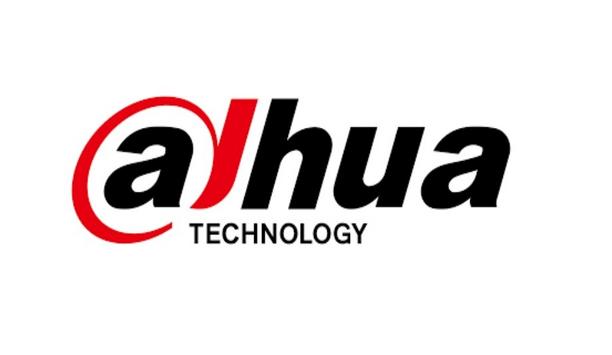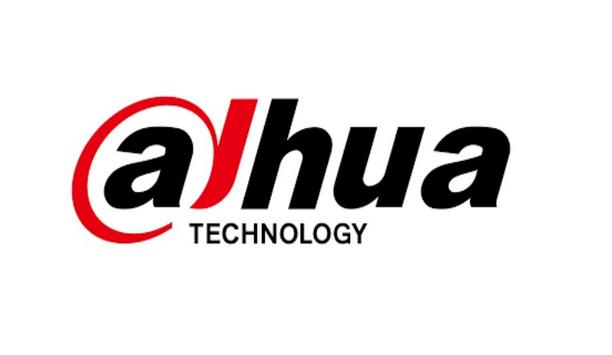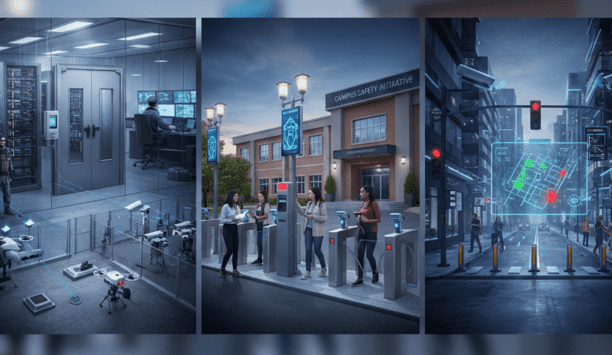 |
| The police have a new IT system that could provide fast and secure transmission of video evidence |
Reviewing public safety measures
The 2013 review by Police Scotland was recently released under freedom of information law and was published by the investigative website The Ferret. The report was produced in the wake of the establishment in April 2013 of Police Scotland, which replaced the eight previous regional police services and provides a single police force for Scotland.
The review paints a picture of near-crisis for Scotland’s public space CCTV with “negligible strategic leadership … in respect of governance, capital and revenue purchasing power.” It says that there have been significant instances when CCTV managers have found themselves “in crisis” with few funds to pay for staff, equipment and maintenance. In response, some CCTV control rooms have diversified and expanded funding by providing out-of-hours response services for local authorities, monitoring of community and intruder alarms, and CCTV monitoring of property. However, there are concerns that such moves might have a detrimental effect on the core function of monitoring public spaces.
System ownership and management is fragmented among 32 local authorities, Police Scotland, local authority and police partnerships, and trusts. The report recommends that statutory responsibility for the operation and maintenance of CCTV be allocated to a public body.
Funding for CCTV cameras
Given the background of austerity and deep spending cuts to public services, it’s possible that funding could be withdrawn in the next round of negotiations. “All the local authorities who received revenue funding from legacy force areas have intimated that a financial contribution from the police is critical to maintain CCTV services,” the report says.
A previous report in 2009 warned that funding for systems across Scotland should be “urgently reviewed.” Several systems were becoming obsolete or beyond economical repair, and due to funding restrictions, not all cameras were continually displayed on monitors and/or were not fully monitored or maintained to a “fit for purpose” standard. No action was taken in response to this recommendation, says the 2013 report, and systems are continuing to age with no clearly identified strategy and direction as to how this will be funded in the future. “There continues to be no long-term funding strategies in place at the central or local government level to sustain the existing public space CCTV infrastructure.”
"It is clear that the estimated current revenue spend for public space CCTV in Scotland of approximately £11 million does not provide best value for the public purse" |
Updating analogue systems
According to the report, 80 percent of cameras, 85 percent of matrices and 80 percent of transmission systems are analogue. These figures show that, although there have been some updates carried out, there is “a major piece of work required to turn around failing systems and to keep them fit for purpose.” Should a matrix fail, all the cameras linked to it would be inoperable, says the report.
It continues: “It is clear that the estimated current revenue spend for public space CCTV in Scotland of approximately £11 million does not provide best value for the public purse. There is a clear lack of strategic leadership and accountability for delivering a fully co-ordinated service with minimum standards in relation to specification of equipment, performance measures, policy and procedures, and to compliance with current legislation and guidance.”
In order to update analogue systems, around £3.8 million is needed to replace matrices, and £5.7 million is required to replace analogue cameras with digital ones. The report recommends that all matrices be upgraded to an agreed digital specification within the next five years, when the current contract with their suppliers expires.
The report also notes that:
- The transition to digital should take place with an agreed standard of output.
- High definition images will increasingly rely on computer networks and internet protocol for delivery.
- Improvements in video compression and falling digital storage costs enable high definition images to be recorded economically.
- Video analytics will become more widespread as processor speeds and algorithms continue to improve.
- As digital recording media improves in speed and size, recording will be pushed to the edge within the camera.
- The advance in wireless communications means that rapid deployment cameras will increase in number.
The report recommends that all matrices be upgraded to an agreed digital specification within the next five years, when the current contract with their suppliers expires |
Apart from noting that only 19 of the 31 local authorities that responded have an internal audit mechanism to ensure compliance with the Data Protection Act, the introduction of body worn cameras is in doubt as far as data protection is concerned. “The management of these devices at a number of different offices is questionable in regards to compliance with the Information Commissioners Office guidance and legislative requirements.”
The future
So what might a revamped Scottish CCTV network look like? There is no common infrastructure for public CCTV at present, says the report, but this could change with the advent of the Scottish Wide Area Network (SWAN) for the public sector. In addition, video analytics could reduce the need for CCTV operators to monitor large numbers of images and could lead to a reduction in the number of staff needed. The police also have a new IT system that could provide fast and secure transmission of video evidence to prosecuting and court officials. It is an “integrated electronic case management system supported by an electronic production system.” The system can add still and limited amounts of video footage, providing prosecutors with a unique production number and a full audit trail.
Centralisation of CCTV network
In a sign of difficulties ahead, the lack of a clear ownership and funding strategy can be seen in the differing views of local authorities and the police. According to the report, a number of local authorities have suggested that they do not have a statutory obligation to provide CCTV and that they see the police, prosecution authorities and the Scottish court service as the main beneficiaries. And not withstanding that at least some of the report can be inferred as a call for centralisation of Scottish CCTV, the police have denied they want to run a national CCTV network, telling PoliceProfessional.com that it is “not our responsibility” and that it sees the task as a local authorities-led initiative, with the Scottish government having a coordinating role.
So a shortfall in funding plus the increasing risk of obsolescence may be putting CCTV in Scotland in jeopardy. Are public space systems across the rest of the UK and beyond facing similar threats?
Learn why leading casinos are upgrading to smarter, faster, and more compliant systems













































